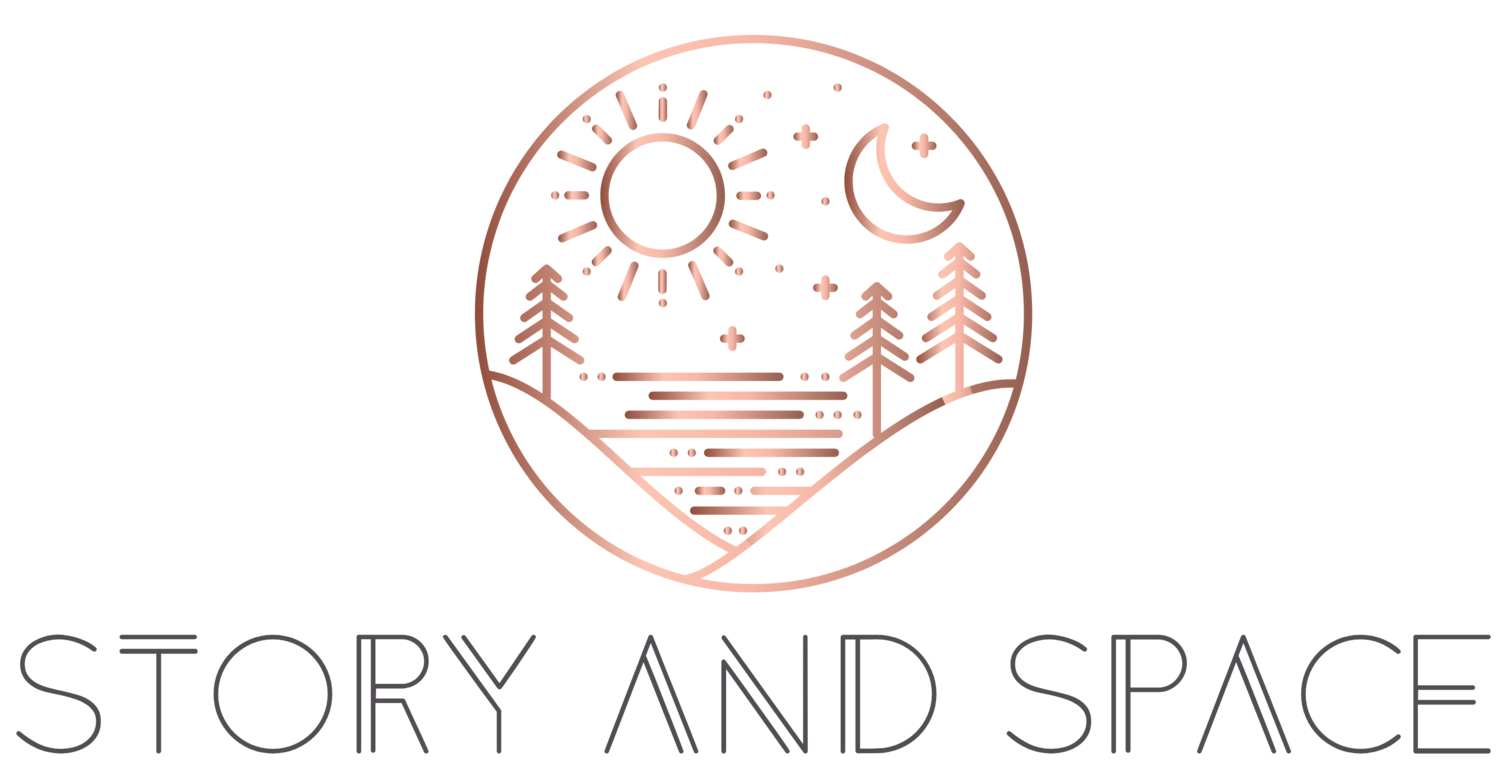Here's my brother's cabin in Twain Harte, CA. Twain Harte is a cute little mountain community in the Sierras named after Mark Twain and Bret Harte. It's a three hour or so drive east of San Francisco and has a population of about 2,500 people. My brother and his partner purchased the property about two years ago and have been steadily working on the project, making it their perfect mountain getaway.
Although there was originally an old cabin on the property, they unfortunately had to tear it down and re-build. It was too decrepit to salvage. However, they paid homage to the original cabin design with their new construction, and did at least manage to keep the back house (which will eventually be transformed into an in-law unit) as well as some knotty pine that will be repurposed for interior wainscotting.
Naturally, when the time came to select colors for the house, I was bribed into helping. (My brother's a trained chef, so he can always successfully bribe me with a good home-cooked meal.) I had never consulted on a mountain cabin before, but was up for the challenge.
So how, exactly, do you go about selecting exterior colors for a mountain cabin? And how do you do it remotely (since there wasn't time to get to Twain Harte before the painters started painting. Doesn't that sound familiar?)
You start by asking lots of questions.
I verbally guided both of them through a polarity profile, which is basically just a way of measuring and assigning meaning to a structure or space. Did they want their cabin retreat to feel Happy or Sad? Friendly or Aloof? Open or Private? Formal or Informal? Vintage or Modern? Masculine or Feminine?
Then I had them each write up a list of characteristics that they wanted the cabin to have. They were not to discuss with each other - I was very strict about that. Fortunately, I had their complete cooperation and we ended up with two lists that were VERY similar. They wanted private, vintage-y but not kitschy, masculine, and "mountain-y."
The purpose of doing a list of desired characteristics is to help eliminate certain colors. Once you know that a color or color combination needs to be masculine as opposed to feminine, you can wipe out a ton of options. You probably aren't going for pinks and pastel anything. And private, in this instance, meant that we didn't want to draw a ton of attention to the structure. We wanted to have the cabin settle in to the deep browns and greens of the trees and earth.
The vintage-y part was a little trickier. Vintage can mean different things to different people. This is where I dumped a ton of 8x8 paper paint samples on the table and asked them what they liked. (I've learned that this process doesn't work with most clients. It's just too overwhelming. Since we've worked together on colors before, and it was family...AND it was a free consultation...I knew this approach wouldn't send them running for the door.) As we poured over the paper color samples, we determined that vintage-y meant a reference to their collection of American Arts and Crafts pottery - simplified, well-made, deep, rich and bold with a subtle flair.
After determining that a deep color was the way to go, we just had to figure out which deep color...and what would the trim be? As we pulled color samples, we took each of them outside in the sunlight. It wasn't the exact lighting we would have up at Twain Harte, but at least we were dealing with a single light source, the sun, which is much more predictable than interior lighting conditions.
We pretty quickly eliminated the green color family because there was already a preponderance of green with the surrounding trees. Not to mention, the neighbor's house across the street was green and we wanted a little more originality. After exploring violets and reds and browns, we eventually made our way to deep and somewhat muted blues, which resonated well with my "clients", supported their desired characteristics for the structure, and ultimately, their own personalities.
We finally settled on French Beret, a deep blue-grey by Benjamin Moore for the body of the house. And for the trim we went with a more traditional cabin color in the red family, Hot Apple Spice.
And just because we wanted to make things more difficult, we opted for a third color on the underside of the roof. Well, it wasn't really to make things more difficult. It just didn't feel right to use either the red or deep blue-grey. We wanted to lighten the visual weight the color that would be overhead when you're sitting on the porch. But, it did turn into an opportunity to make the exterior color scheme more complex and, I think, interesting. Unfortunately, I don't have notes on the exact color, but it's essentially a medium muted green/brown.
Here are a few more pics:





